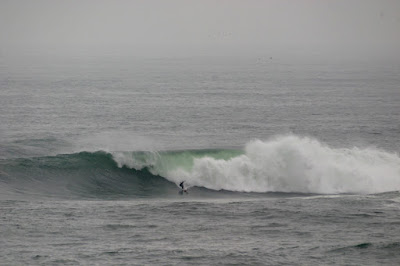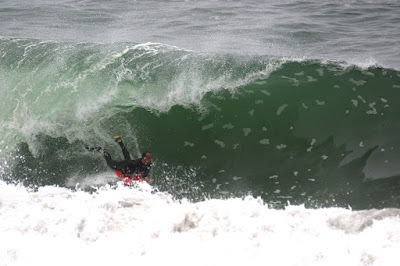
la que fue la mejor playa de lima...gracias Srs. Alcaldes Chorrillanos de todos los tiempos.....
La samana pasada nos visitaron los amigos de SAVE THE WAVES,
ellos vienen trabajando al rededor del mundo protegiendo las playas y sus olas,consientizando a la gente para que no destruyan las olas y mostrando la importancia de las mismas...


estas son las palabras de William Henry....
Peru's Coastline Threatened by Coastal Development....
With a population of over 27 million people, Peru is a South American country with deep roots in the sport of surfing. While "the sport of kings" most commonly claims Hawaii as its birthplace, two of Peru's ancient cultures, the Mochica and Chimu, have used surfboards and other surf craft for up to two thousand years. Modern surfing came to Peru in the early 1900's, with the establishment of the Waikiki Club in the Costa Verde area of Miraflores, just outside of the capital of Lima. Peru quickly became a surfing hot spot, and in 1965 hosted the First World Surfing Championship, which Peruvian surfer Felipe Pomar won to become the first world surfing champion.
Yet despite Peru's long love affair with our sport, coastal development schemes have often ignored the country's rich surfing history, placing the quest for short-term economic growth ahead of the preservation of some of the most unique surfing locations on the planet.
Many of Peru's top surf spots are currently under threat by a wide variety of proposed projects, including mega-harbors, piers, and other forms of coastal armament. The Costa Verde area, where modern board riding took hold almost one hundred years ago, is slated to become Lima's next mega-port, where quality waves will be replaced by cargo ships and containers. La Herradura, a wicked left point just a few kilometers south, will also be buried behind a seawall if real estate giant GREMCO has its way. Other spots on the hit list include Punta Rocas, Pacasmayo, Cabo Blanco, and El Ñiuro.
To add insult to injury, Peru is the only country on earth with a law that specifically protects surf spots from destruction. Law number 28611 of the General Law of the Environment states that the government "is responsible for maintaining and defending the natural conditions that permit the practice of sporting activities, recreation and eco-tourism." More recently, Law 27280 was passed in 2000 with specific language for "the preservation of surf breaks." Hence the current onslaught of surf-threatening development appears to be in direct violation of federal law.
Save The Waves Coalition has been involved in the issue since 2004, when Peruvian surfers first contacted the organization to help protect La Herradura. That year, after an intensive effort to convince GREMCO of the high value of the waves that broke along its shore, owner Isy Levy agreed in a letter to Save The Waves to preserve La Herradura's surf. Apparently, however, the promise might soon be broken.
Stay tuned for more information on threatened areas, and how you can help. Save The Waves is currently on a fact-finding mission to collect more detailed information in order to determine the best strategy to help protect this special stretch of Peruvian coastline.
www.savethewaves.org
--




















